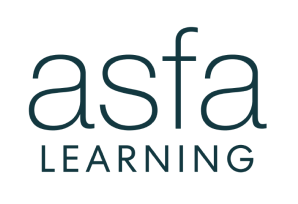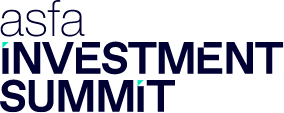The retirement landscape is undergoing a seismic shift. One of the most significant changes we’ve seen, is the increased desire and commitment to innovation, and the potential for emerging and disruptive technologies to deliver real benefits to funds, members, advisers and employers.
Some of these emerging technologies are already having an impact and it’s our collective responsibility to make sure they deliver the best outcomes for members in such a crucial stage of their lives. This means ensuring improved financial security, data privacy, increased efficiencies and simplified digital experiences to give people what they need, when and where they need it.
What are disruptive technologies?
In the context of superannuation, these are technologies that challenge conventional norms and supply innovative pathways to deliver products and services that matter most to our clients and their members.
Take artificial intelligence (AI). It’s a game-changer, enabling machines to perform tasks that usually need human intelligence. AI can provide advice, customer service, retirement strategies and identify fraudulent activity. The key is not to replace human interaction, but to augment and elevate it by solving a problem with a higher quality solution, faster than ever before.
Generative AI adds an exciting dimension, allowing machines to create realistic content, including text, images, audio and video. This allows us to produce genuinely tailored content for members, imagine statements, and educational content. It features strongly in member interactions with the contact centre and service staff by providing real time information and guidance that aligns outcomes with member requests.
At Link Group, we’re currently using AI-augmented software engineering through GitHub Co-Pilot to enhance software development, improving code quality and the adoption of agile and DevOps methodologies.
Biometric technologies are also part of our go-forward strategy for stronger financial crime controls. Fingerprints and facial recognition have gained greater popularity in enhancing security and convenience, enabling more seamless identity verification and access control.
How are emerging technologies different?
Emerging technologies hold the promise of substantial future impact. Let’s dive straight into some of these.
Big Data and Analytics is the next frontier for driving automation, insights and analytics. Processing and analysing large and complex data sets to improve decision-making around customer satisfaction, operational efficiencies and competitive advantage. AI can automate predictive modelling to provide next best actions that create better member experiences and retirement outcomes.
Federated Machine Learning (FML) offers a decentralised approach where multiple parties can build a shared model without sharing raw data. If we think about the collective intelligence and data held in different organisations across the pension industry, FML has the potential to be a powerful tool unlocking valuable insights that can allow better support, advice and decision making in retirement.
Robotic Process Automation (RPA) can improve productivity, reduce human error, costs and risks, while also freeing up resources to focus on more complex member enquiries and personalised customer interactions.
Pervasive Cloud Computing offers universal access to cloud services and resources, regardless of location, device or network. For the retirement market, this allows superior scalability, enhanced security and resilience, as well as protection from cyberattacks and natural disasters. The benefits flow through to members, with access anywhere at any time, enhanced user experience, data security and tailored services.
API-centric SaaS allows seamless integration and customisation of software and services through application programming interfaces (APIs). These days, people want information in real time and this technology offers easy integration, efficient automation, faster transaction processing and more personalised experiences.
At Link Group, we believe the integration of disruptive and emerging technologies into the superannuation system has the potential to revolutionise the way members plan for and live in retirement. However, the true measure of success will be our ability to balance innovation with ethics, ensuring the benefits are shared by everyone, and no one is left behind in their pursuit of their best possible retirement.
Link Group sponsored a keynote address and moderated a parallel session at the ASFA Conference on 29 November.
1. Nita Farahany, distinguished professor and scholar from Duke University, an expert on the ramifications of new technology on society, law and ethics and one of the panellists involved in the AI Machine, Bots…The future face of super session.
2. Professor Farahany’s keynote session ‘Controlling our bodies and minds – What does the AI-enabled future really look like?
Explore our thinking and insights as we share our view on technology trends in the retirement market including opportunities and challenges for the industry. You can download our insights here: Technology trends in the retirement market









